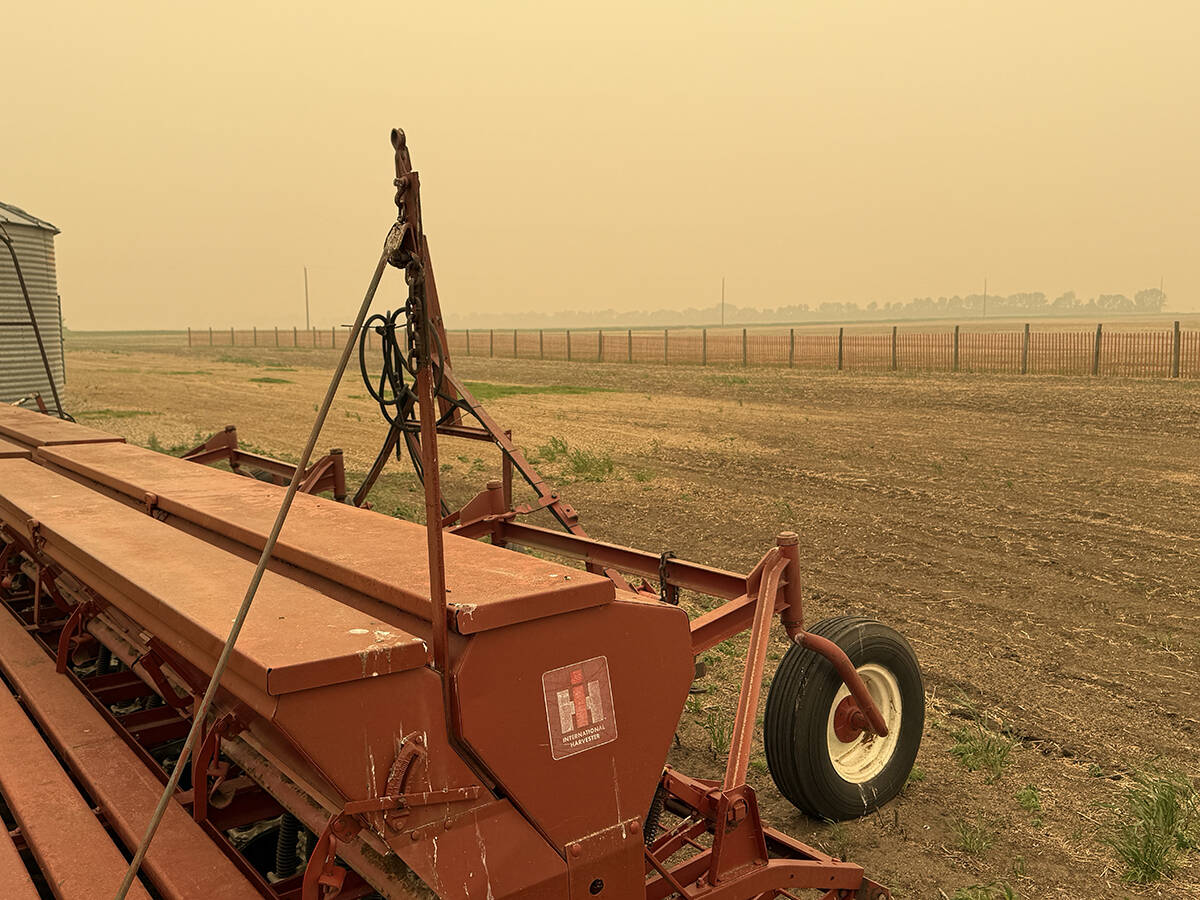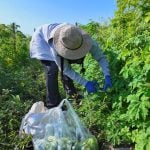Want the inside scoop on fertilizer prices? You could do a whole lot worse than to talk to Greg Haney.
He’s crop inputs manager and a partner in Agrocentre Belcan, an independent retailer with two outlets in southwestern Quebec and another in eastern Ontario.
His company is part of one of the largest fertilizer buying groups in Eastern Canada, and Haney sits on the board of the Canadian Association of Agri-Retailers.
In short, Haney is one well-connected guy. But his most critical source of information in the fertilizer business might surprise you.
Read Also

Wildfires have unexpected upside this year
One farmer feels smoke from nearby wildfires shrouded the July skies and protected his crop from the sun’s burning rays, resulting in more seeds per pod and more pods per plant.
“When it comes to managing our risk, the biggest thing we have to do is listen to our growers,” says Haney.
“They’re the key. Our top growers are the people we lean on, and if you ask what they’re doing, they’ll tell you. So we ask, ‘what are you marketing now? What are your key price numbers? What are your forecasted revenues?’ ”
The value of keeping in close touch with farmers was driven home during the winter of 2008-09, one of the worst-ever periods for ag retailers. Fertilizer prices had soared all year, and farmers were threatening to dramatically reduce purchases.
But for all their sources of information, dealers were torn.
If they didn’t have sufficient fertilizer supplies before spring planting, competitors might steal away their customers.
And with major buyers such as China apparently willing to pay sky-high prices, the trade rumours were that fertilizer supplies could be tight, and maybe even pricier.
Many rolled the dice and bought anyway. But instead of rising that winter, as prices normally do, they fell off a cliff.
“That was a very bad time,” recalls Haney. “A lot of guys shut down.”
Haney had been of two minds, too.
Crop inputs account for more than half of the Quebec company’s sales, and he sure didn’t want longtime customers buying fertilizer, and likely seed and chemicals, from a rival.
But Agrocentre Belcan also has a 2,000-acre farming division, as well as soybean export and feed divisions.
Haney says the situation became much more clear when he and his partners “put on our farmer’s hat.”
“When we looked at the situation that way, we said to each other, ‘we’re not going to buy fertilizer. If you’re growing corn, the numbers just don’t add up,’ ” he says.
“So then at the company level, we stood back and said, ‘let’s focus on soybeans and other things that make this company money.’ ”
It not only kept him from making a bad bet on fertilizer that winter but also got him thinking about how high input costs, combined with larger acreages, were forcing farmers to increase their risk-management expertise. He calls his strategy “following the dollars.”
For example, Agrocentre Belcan has implemented an “all sales final” policy when it comes to fertilizer orders since that tumultuous winter three years ago.
Haney says farmers aren’t exactly pleased to have to shoulder even more risk, but they’ve learned to deal with it.
“When they call about fertilizer pricing and want to close, then I know they’ve locked in their (crop) pricing for next year,” he says.
“They know their numbers and their profit point, and they’re using the internet to their advantage. So yeah, I’ve got lots of sources of information. But I look at the top growers, and you can see they’re getting more adept at this all the time. They’re becoming a key source of information for us. And why not? After all, they’re the ones who are going to eventually scratch the cheque.”
Haney isn’t suggesting his customers are infallible. He still gets calls from producers reacting to wild rumours, and many still choose to gamble, putting off decisions in the hope markets will be more favour-able next week.
But it’s getting harder for either of those groups to survive. With spring seeding costs increasingly measured in six-figure increments, rolling the dice is far too risky.
So Haney manages his risk by tapping into a group of people who can’t afford to gamble, and therefore work hard at lessening risk. They know their cost of production. They watch the markets like hawks. They act when the numbers make sense.
And because Haney is willing to share his insights, they’re willing to share theirs.
It’s an opportunity open to every farmer, even smaller growers. Knowledgeable neighbours or folks you know through farm organizations could be one of your best risk-management tools.














